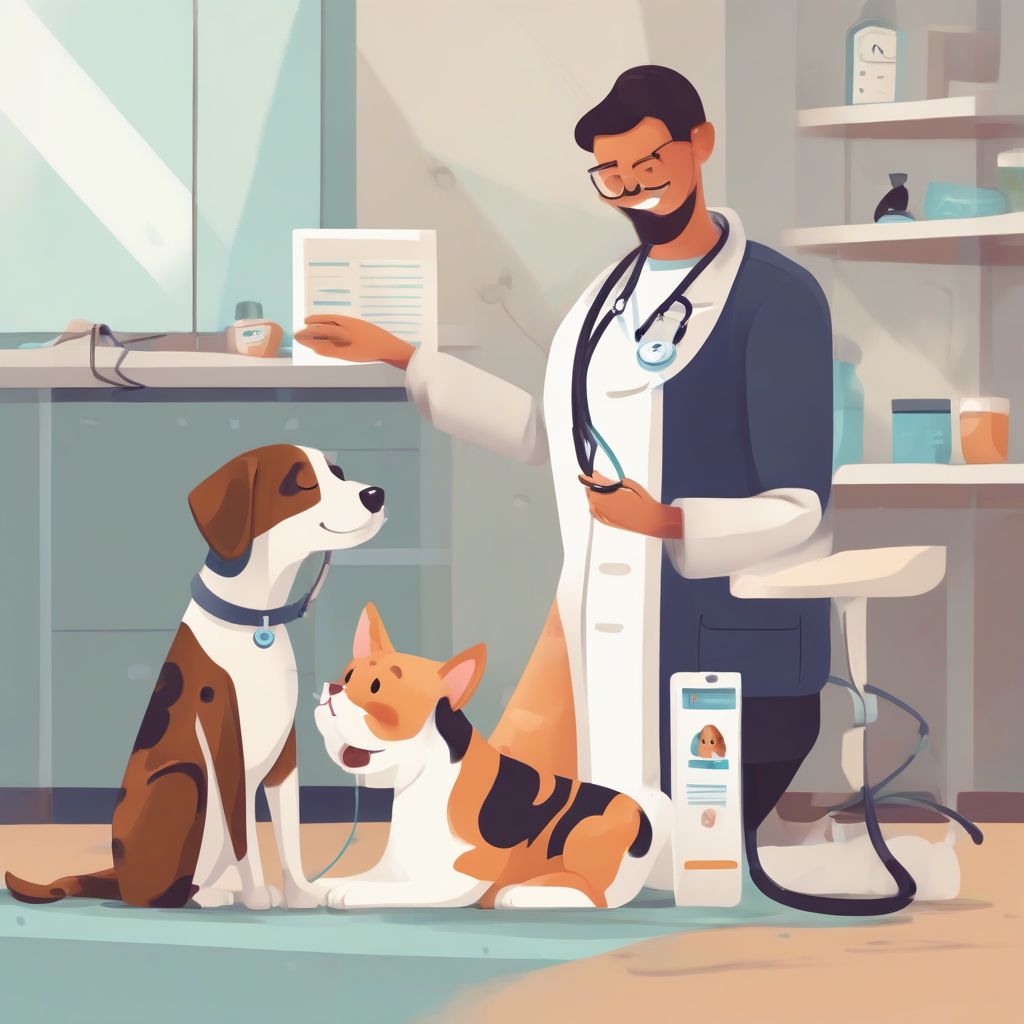Have you ever looked at your furry friend, snuggled up on the couch, and wondered if they’re truly thriving? Just like us, our pets need more than just food and water to live their best lives. They need a comprehensive wellness routine! Creating one might seem daunting, but it’s easier than you think. This guide will walk you through building a personalized wellness plan for your beloved companion, ensuring they enjoy a long, happy, and healthy life by your side.
Understanding Pet Wellness
Pet wellness goes beyond simply treating illness. It’s a proactive approach to maintaining your pet’s overall health and well-being. Think of it as preventative care, designed to catch potential problems early and promote a vibrant life. A robust wellness routine addresses your pet’s physical, mental, and emotional needs.
Physical Wellness: The Foundation of Health
Physical wellness focuses on keeping your pet’s body in tip-top shape. This includes regular veterinary checkups, vaccinations, parasite prevention, a balanced diet, and appropriate exercise.
Mental Stimulation: A Happy Mind, A Happy Pet
Mental stimulation is crucial for preventing boredom and behavioral issues. Providing enriching activities like puzzle toys, training sessions, and interactive playtime keeps your pet’s mind sharp and engaged.
Emotional Well-being: Nurturing the Bond
Just like humans, pets experience a range of emotions. Creating a secure and loving environment, providing plenty of positive reinforcement, and minimizing stress are vital for their emotional well-being.
Building Your Pet’s Wellness Routine: A Step-by-Step Guide
Creating a tailored wellness routine involves understanding your pet’s individual needs. Here’s a practical guide to get you started:
1. The Veterinary Checkup: Your Starting Point
Regular veterinary checkups are the cornerstone of any wellness routine. These visits allow your veterinarian to monitor your pet’s health, detect any underlying issues early, and provide personalized recommendations.
2. Nutrition: Fueling a Healthy Life
Proper nutrition is essential for optimal health. Choose a high-quality pet food appropriate for your pet’s age, breed, and activity level. Consult your veterinarian for guidance on portion control and dietary supplements.
3. Exercise: Keeping Your Pet Active
Regular exercise is crucial for maintaining a healthy weight, preventing obesity, and promoting mental stimulation. Tailor the exercise routine to your pet’s age and breed. A brisk walk, a game of fetch, or even indoor playtime can make a big difference.
4. Grooming: More Than Just Looking Good
Regular grooming is important for hygiene and can also reveal potential health problems. Brush your pet’s coat regularly, trim their nails, and clean their ears and teeth.
5. Mental Enrichment: Engaging Your Pet’s Mind
Provide a stimulating environment with plenty of toys, puzzles, and opportunities for interaction. Training sessions are also a great way to engage your pet’s mind and strengthen your bond. “A tired dog is a good dog,” as the saying goes, and a mentally stimulated pet is a happy and well-adjusted pet.
6. Dental Care: Protecting Those Pearly Whites
Dental health is often overlooked, but it’s vital for overall wellness. Regular brushing, dental chews, and professional cleanings can prevent dental disease and its associated health risks.
7. Parasite Prevention: Keeping Pests at Bay
Fleas, ticks, and heartworms can pose serious health threats. Consult your veterinarian about a suitable parasite prevention program tailored to your pet’s lifestyle and environment.
8. Senior Pet Care: Addressing Age-Related Needs
As pets age, their needs change. Senior pets may require more frequent veterinary checkups, adjustments to their diet and exercise routine, and special attention to their comfort and well-being. Dr. Emily Carter, a renowned veterinary geriatrician, emphasizes, “Senior pet care is about adapting to their changing needs, providing supportive care, and ensuring they maintain a good quality of life.”
Fine-tuning Your Routine: Observing and Adapting
Remember, every pet is unique. Observe your pet’s behavior and adjust their routine as needed. Look for signs of stress, illness, or changes in appetite or activity levels. Early intervention is key to preventing minor issues from becoming major problems.
 Pet Wellness Routine
Pet Wellness Routine
Conclusion: A Lifetime of Wellness
Creating a wellness routine for your pet is an investment in their happiness and longevity. By addressing their physical, mental, and emotional needs, you’re setting them up for a long, healthy, and fulfilling life. It’s about more than just preventing illness; it’s about proactively nurturing their overall well-being and strengthening the bond you share. Remember, your veterinarian is your partner in this journey. Don’t hesitate to reach out to them for guidance and support. Now, we’d love to hear from you! What are your favorite ways to keep your pet healthy and happy? Share your tips and experiences in the comments below! And don’t forget to share this article with fellow pet lovers to help them create their own pet wellness routines. You can also explore our other articles on pet care for more valuable insights. You can learn more about vaccinations and their important role in pet health by reading The Role of Vaccinations in Pet Wellness.



